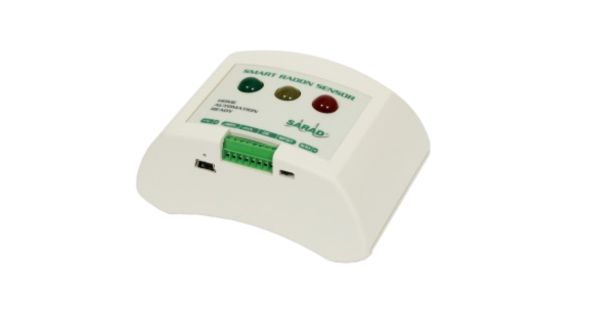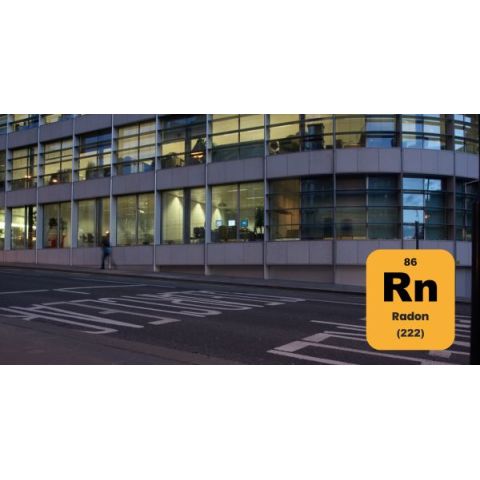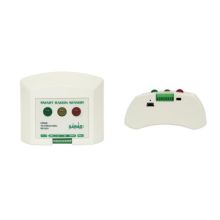Integrating Radon Monitoring into Building Automation Systems
Overall, radon gas levels in Australia are low, causing very little concern for property owners and managers alike. However, there are a few geographic hotspots where it may be of some concern.
Radon gas is a naturally occurring radioactive gas, originating from the decay of uranium in soil, rocks, and water. It can enter buildings through cracks in foundations, floors, and walls.
For larger buildings such as office blocks, apartment buildings, and installations such as water treatment plants, it may be preferable to incorporate the ability to continually monitor radon gas monitoring into the sites building automation system.
SARAD’s Smart Radon Sensor is designed to integrate with building automation systems to measure radon levels.

It offers a very high level of sensitivity and is housed in a smart-looking enclosure. A Smart Radon Sensor is usually placed in the lowest livable area of a building, where radon levels are likely to be highest.
The standard version of the sensor also monitors temperature and humidity. Carbon dioxide and barometric monitoring are available as an optional extra. SARAD’s detector technology ensures readings are not affected by any variations of temperature and humidity, external radiation, mechanical shocks, and vibrations.
The RS-485 fieldbus interface can be used with either the MODBUS RTU (industrial standard) or the proprietary SARAD protocol. For easy connection to PLCs there is an analogue output.
Smart Radon Sensors play a crucial role in detecting and monitoring radon gas levels. They allow an automated response by the building management system when radon gas levels are deemed too high.


